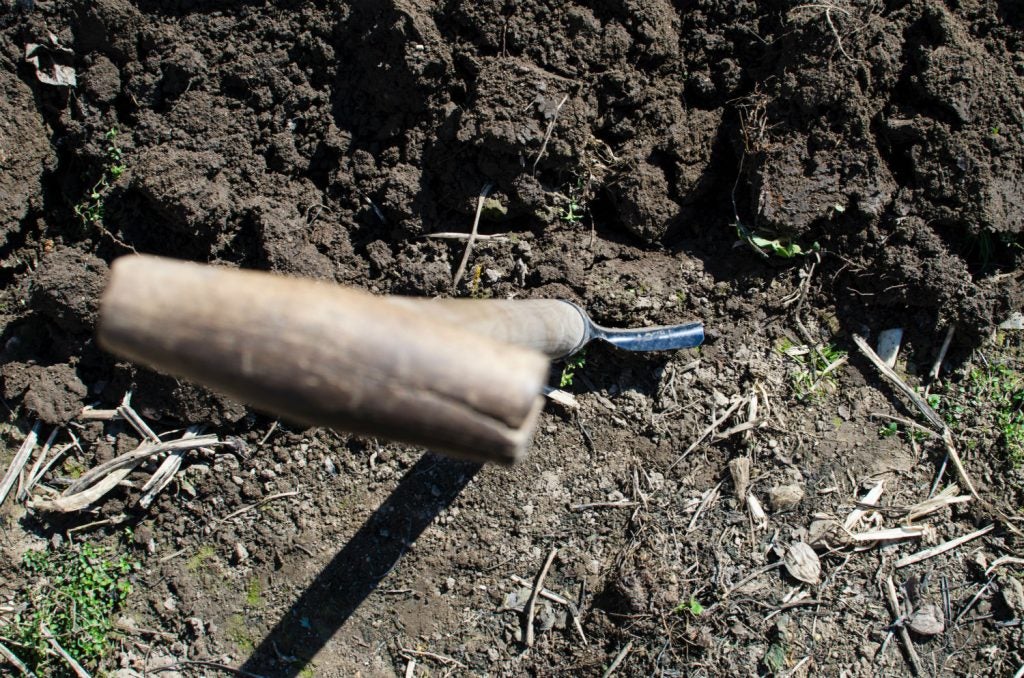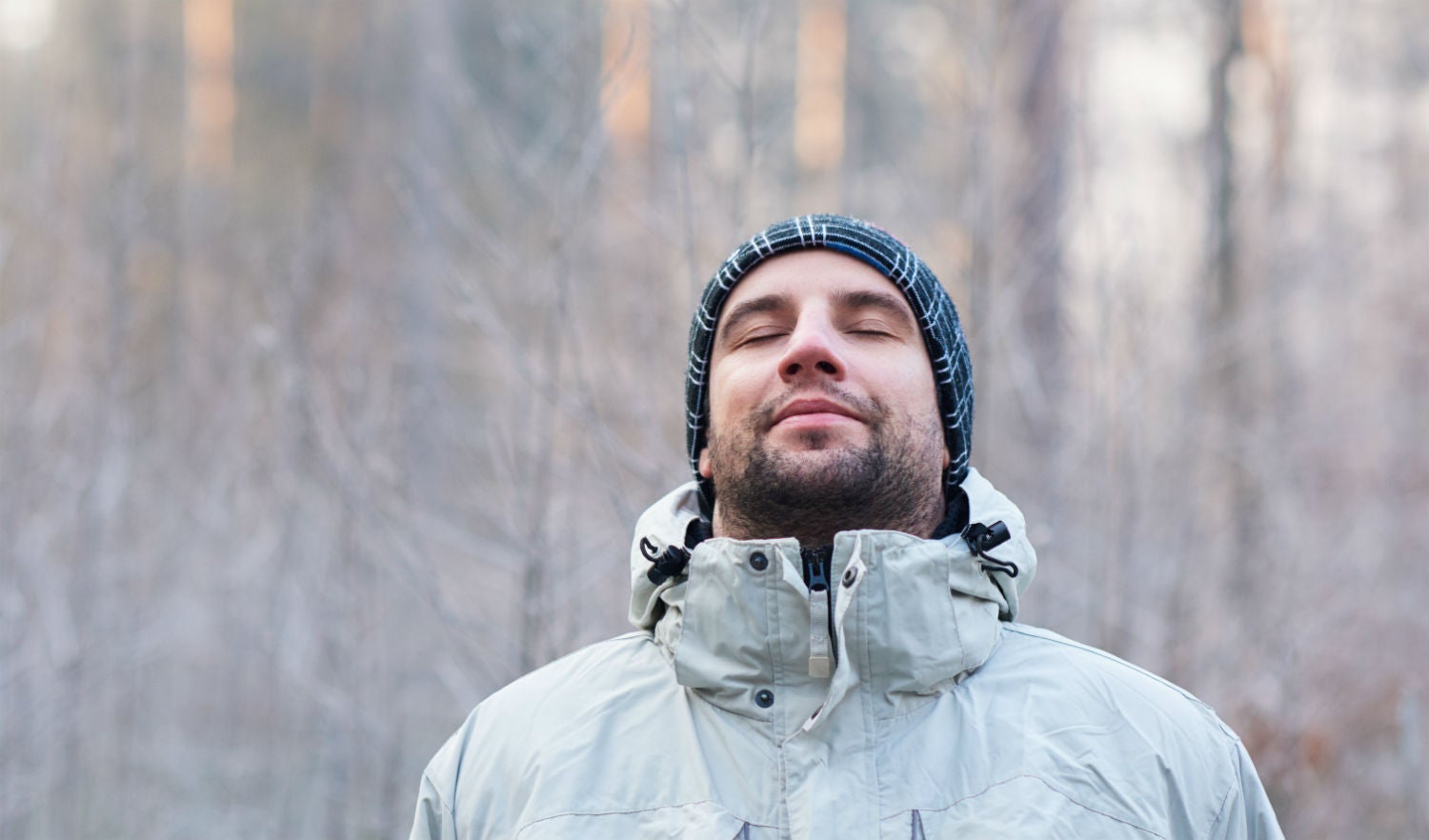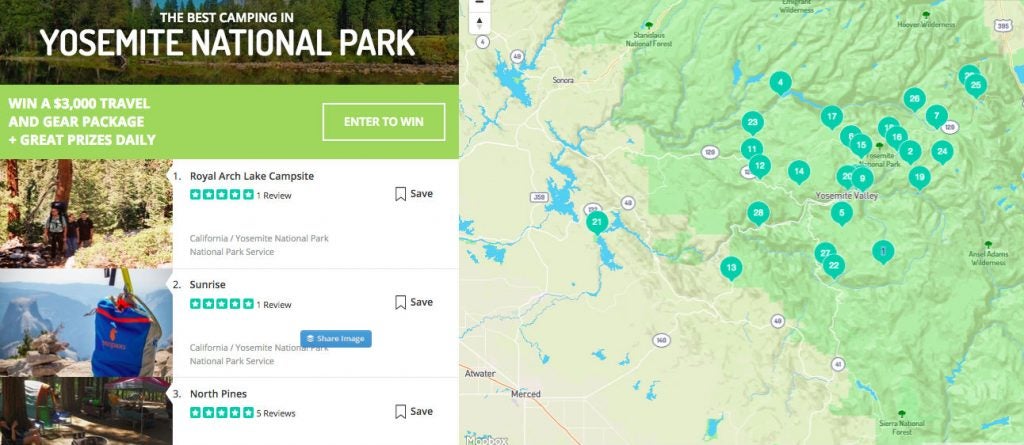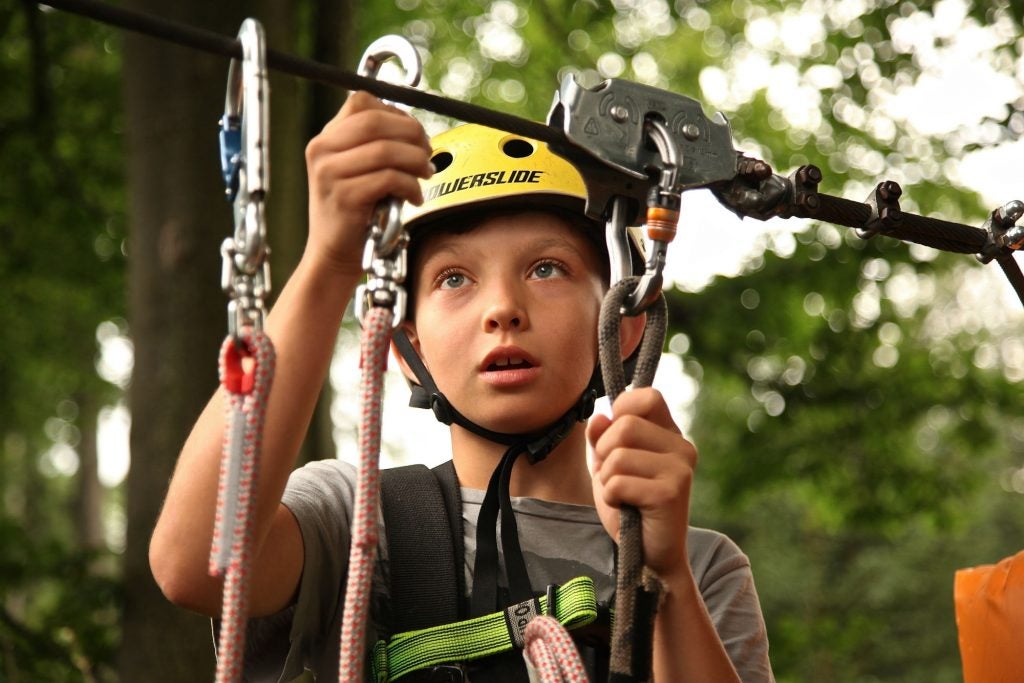It’s important to know Leave No Trace Principles about pooping before you go…
Ah, wilderpoos. If you’ve ever camped in remote areas, you’re probably familiar with the concept. If not, it’s time to get comfortable because today we’re talking about pooping outside.
Responsibly pooping in the woods isn’t about finding a secluded spot, dropping your pants, and getting out of there as quickly as possible. According to the principles of Leave No Trace, there’s a simple technique to follow and it can make a huge difference for the environment.
Why responsible pooping matters
Improper disposal of human waste is a serious problem. Do it wrong and you could be contributing to water pollution and the spread of disease; plus it’s just plain gross. Fortunately, it’s not hard to get it right. The next time you’re out in the woods and the urge strikes, remember these tips.
Choose your spot wisely
The first step to pooping outside is to choose a location. Never poo in the same place twice, and if there are multiple people in your party, make sure you don’t all gravitate to one area.
Get yourself at least 200 feet away from camp and any water source. A good rule of thumb is to take 70 adult steps in the direction of your choosing. Look for a discreet place with deep soil if possible, like near a fallen tree.
Try to pick a raised location that isn’t going to run off into a water source if it rains, and bonus points if it gets good sunlight—that will help decomposition.
Dig a cathole

You’re ready to dig your cathole! Sorry, no prizes for guessing why it’s called a cathole.
A garden trowel is an ideal tool, otherwise try breaking ground with the heel of your boot or a rock. Aim for a hole that is 6 to 8 inches deep and 4 to 6 inches in diameter.
Leave a deposit
It’s time to squat. Some people like to enlist the help of a buddy to act as lookout, but if you’re on your own just enjoy the solitude while pooping outside.
If you find yourself getting stage fright, don’t worry. It can take time to get comfortable with going in the great outdoors. But once you get used to it, you’ll never look back.
TP or not TP
https://www.instagram.com/p/BdE0EC0gzpg/?utm_source=ig_embed
If you can’t do without it, opt for the plain, white, non-scented variety. You can bury it with your poo, but to truly leave no trace, go green and pack it out in a ziplock baggie. Whatever you do, don’t set it on fire!
When you’re without toilet paper or just willing to embrace nature full-on, you have a few options. You can use a smooth rock, leaves, snow, or even sticks. These methods will take practice so we’ll leave that up to you to decide. Just make sure you check for creepy crawlies and stay away from the poison ivy.
Note that you should always pack out hygiene products, and if you’re in a narrow river canyon or on hard ground where you can’t dig, you’ll need to pack out your poop too. Pack it in a sealed box or in several, layered ziplock bags, and take it out to dispose of properly later.
Cover it up
The last step to pooping outside is to make like a cat and fill in your hole! Use the original dirt, taking care not to touch the waste or any toilet paper. Tamp it down and cover it with any loose vegetation, so no one will ever know it was there.
Congratulations! You’re now an expert on responsibly pooping outside. The forest thanks you and so do your fellow campers.
The Dyrt is the fastest-growing camping app on web and mobile, with new features being rolled out regularly. If you love the outdoors, discovering ideal spots to pitch your tent, and being part of a rich and active community, then join us.
The Dyrt is the only camping app with all of the public and private campgrounds, RV parks, and free camping locations in the United States. Download now for iOS and Android.Popular Articles:
Articles on The Dyrt Magazine may contain links to affiliate websites. The Dyrt receives an affiliate commission for any purchases made by using such links at no additional cost to you the consumer.



